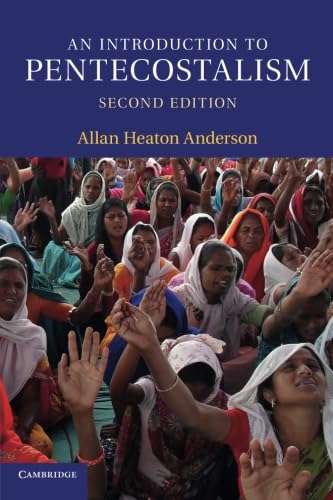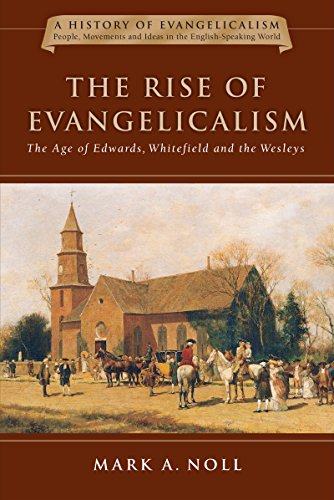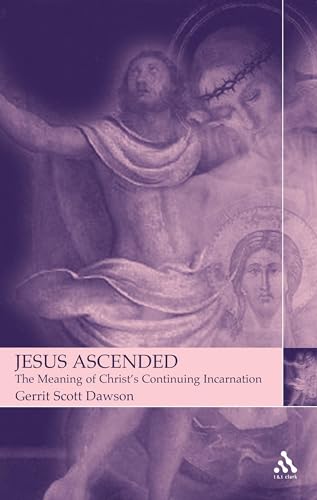AN INTRODUCTION TO PENTECOSTALISM
Written by Allan Anderson Reviewed By Sean O’CallaghanI initially approached this book with a certain feeling of apprehension, being more than familiar, as an insider myself, with the labyrinthine and highly intricate nature of Pentecostal ecclesiology and Pentecostal structures. However, I found Allan Anderson’s book to be not at all in the mould of those books on Pentecostalism which tend to leave one reeling either from dense, impenetrable and mundane detail, comprehensible to only the initiated, or from a sense of exclusion due to the use of insider jargon and arcane insights. In contrast, Anderson’s book is written in a clear and informative style, which leaves one with the secure and confident feeling of having been guided through a maze by a very knowledgeable and trustworthy guide. Having finished the book, I found myself having a considerably wider view of the Pentecostal world than I had previously enjoyed. Anderson cuts through the dense undergrowth of Pentecostal and Charismatic history with an expert’s blade, focusing on the essential and on the most helpful.
One of the great strengths of this volume is Anderson’s treatment of Pentecostalism both as a contemporary global movement and as a movement with a global past as well. The book deals substantially with the non-Western manifestation of Pentecostalism, taking it out of its currently all too familiar North American, and to a lesser extent, European contexts and establishing Pentecostalism as a movement which does not depend on its Western milieu to give it a rationale. Pentecostalism, in Anderson’s eyes, is not wedded to a Western world-view, but its global significance lies in its emergence from cultural and national contexts which were very different to Azusa Street and the ‘classic’ Pentecostal experience. Anderson stresses the development of Pentecostalism in its own right in Latin American and in Asia environments, distinctive from and independent of North American influence.
Many aspects of Anderson’s book are both thought provoking and, at times, contentious. His discussion of the status of African Initiated Churches within World Pentecostalism is very interesting, but many might exercise a great degree of caution about going down the road of incorporating some elements of AICs under the Pentecostal umbrella. A further strength, however, of this book is the way in which Anderson anchors Pentecostal character within cultural identity and argues for Pentecostalism’s ability to express the essences of various identities in a unique and effective way. In Anderson’s view, Pentecostalism does not always need to be an ‘import’ and can emerge very successfully as an expression of the deepest spiritual needs of a people.
In other chapters, Anderson deals with such diverse issues as Pentecostal theology, historiography, biblical method, relations with other churches and faiths, education and the role of Pentecostals and Charismatics in society. All in all it is a very comprehensive treatment.
Anderson describes himself as a ‘sympathetic, yet critical insider’ and he succeeds largely in keeping a very good balance between these two stances. An area which I would have liked to have seen him deal with in a more comprehensive and critical way, and one which I feel presents one of the greatest challenges to the movement today, is the whole issue of accountability within Pentecostal churches and the exercise of power. This area is fundamental to the integrity of modern Pentecostalism. However, Anderson proves himself to be a capable and honest interpreter of Pentecostalism as a whole and I heartily recommend this book to those who want to have a greater understanding of the movement.
Sean O’Callaghan
University College, Chester







